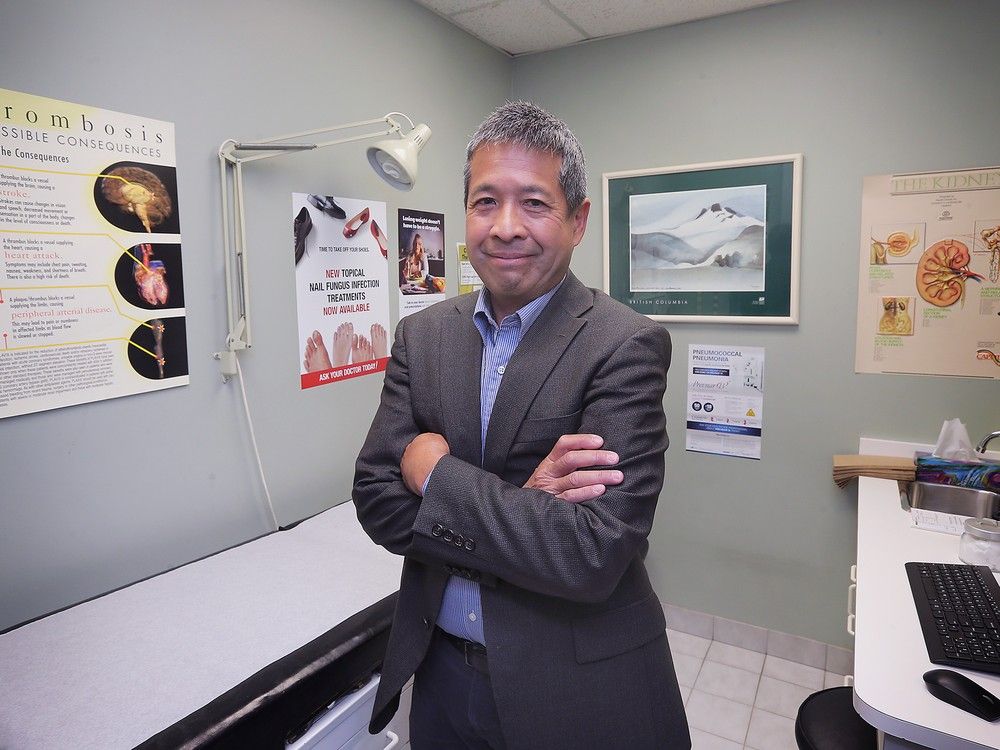machado: ai has the power to transform health care for the better. but is losing the human touch too high a price?
artificial intelligence and health care connected long ago, with robots assisting in surgeries, technology helping pathologists make accurate diagnoses and computerized appointment-bookers. are we ready for it to replace doctors?
ai app helps tailor mental health treatment
montreal-based medical tech company is using ai to match people with the right treatments
ontario doctors launch campaign to improve health care equity
the ontario medical foundation is the charitable arm of the ontario medical association and earlier this month received a $150,000 royal bank of canada donation to help kickstart a study on improving accessibility and reduce physician burnout.
ng said an indigenous physician based in walpole island recently shared her stories with local physicians about how the community has nowhere near the level of medical resources other municipalities enjoy. "walpole island is part of our region and they didn't even have an office for her to set up and she wanted to practice there," ng said. he added doctors in northern ontario face 48-hour commutes between many communities.
ng said necessity is often the mother of invention and he expects this project to inspire innovation.
 8 minute read
8 minute read









